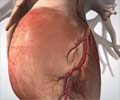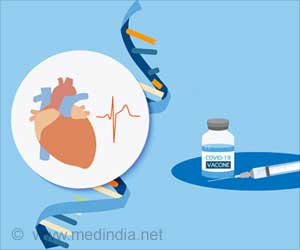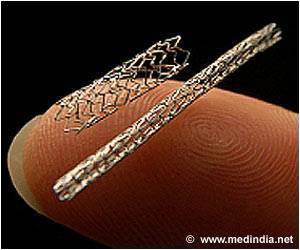Following heart surgery there is a risk that the patient will develop pericardial effusion, which is the collection of fluid around the heart.
Following heart surgery there is a risk that the patient will develop pericardial effusion, which is the collection of fluid around the heart. This complication is usually treated using an invasive surgical drainage technique.
However researchers have discovered that a minimally invasive procedure called CT-guided tube pericardiostomy is just as effective — requiring no recovery time, fewer resources, and provides an 89 percent cost savings over the surgical drainage technique, according to a study published in the October issue of the American Journal of Roentgenology (AJR).The study, performed at the University of Southern California Keck School of Medicine, included 39 CT-guided tube pericardiostomy procedures that were all performed successfully.
"Patients having the procedure required only local anesthesia and no post-treatment recovery time," said Suzanne L. Palmer, MD, lead author of the study. "Comparison of procedure charges at our institution showed an 89 percent cost savings with CT-guided tube pericardiostomy instead of surgical drainage. We found that the total charge for a CT-guided procedure was only $769.15; the total charge for a surgical drainage procedure was $6,952.52," she said.
"Pericardial effusion occurs in as many as 85 percent of patients following cardiovascular surgery. CT-guided tube pericardiostomy is an attractive first-line therapeutic option for these patients, especially in the postoperative period because it spares them from having another invasive surgery," she said.
"Aside from being cost competitive it also makes the treatment option less risky for patients. The procedure does not require general anesthesia and a catheter is inserted into the excess fluid for drainage — allowing physicians to avoid working around major organs and vascular structures," said Dr. Palmer.
RAS
 MEDINDIA
MEDINDIA




 Email
Email




